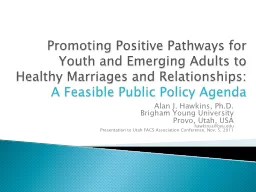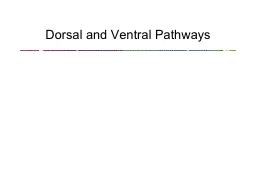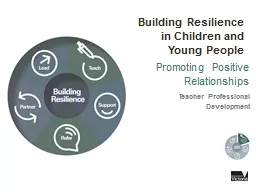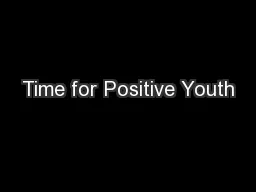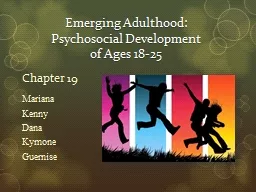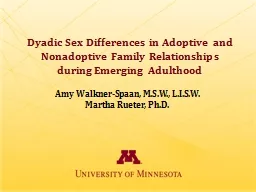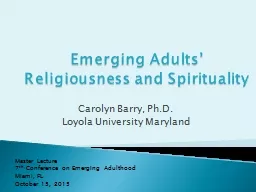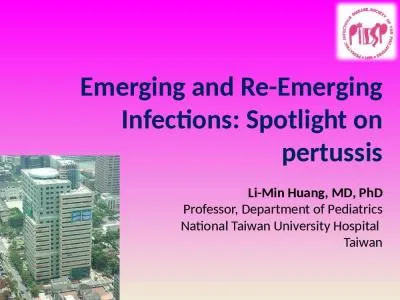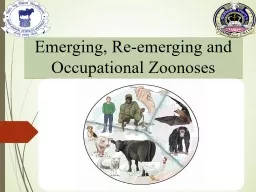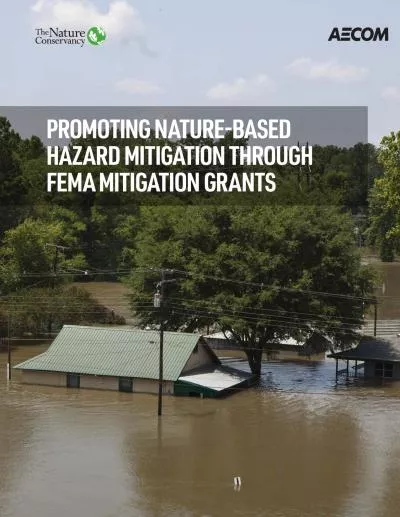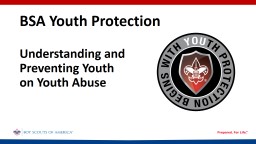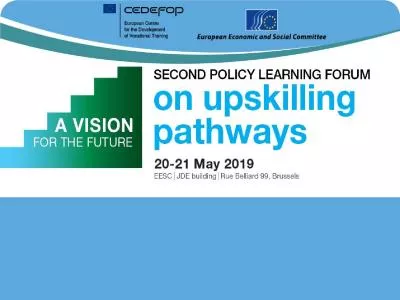PPT-Promoting Positive Pathways for Youth and Emerging Adults to
Author : kittie-lecroy | Published Date : 2018-03-13
Healthy Marriages and Relationships A Feasible Public Policy Agenda Alan J Hawkins PhD Brigham Young University Provo Utah USA hawkinsabyuedu Presentation to Utah
Presentation Embed Code
Download Presentation
Download Presentation The PPT/PDF document "Promoting Positive Pathways for Youth an..." is the property of its rightful owner. Permission is granted to download and print the materials on this website for personal, non-commercial use only, and to display it on your personal computer provided you do not modify the materials and that you retain all copyright notices contained in the materials. By downloading content from our website, you accept the terms of this agreement.
Promoting Positive Pathways for Youth and Emerging Adults to: Transcript
Download Rules Of Document
"Promoting Positive Pathways for Youth and Emerging Adults to"The content belongs to its owner. You may download and print it for personal use, without modification, and keep all copyright notices. By downloading, you agree to these terms.
Related Documents

